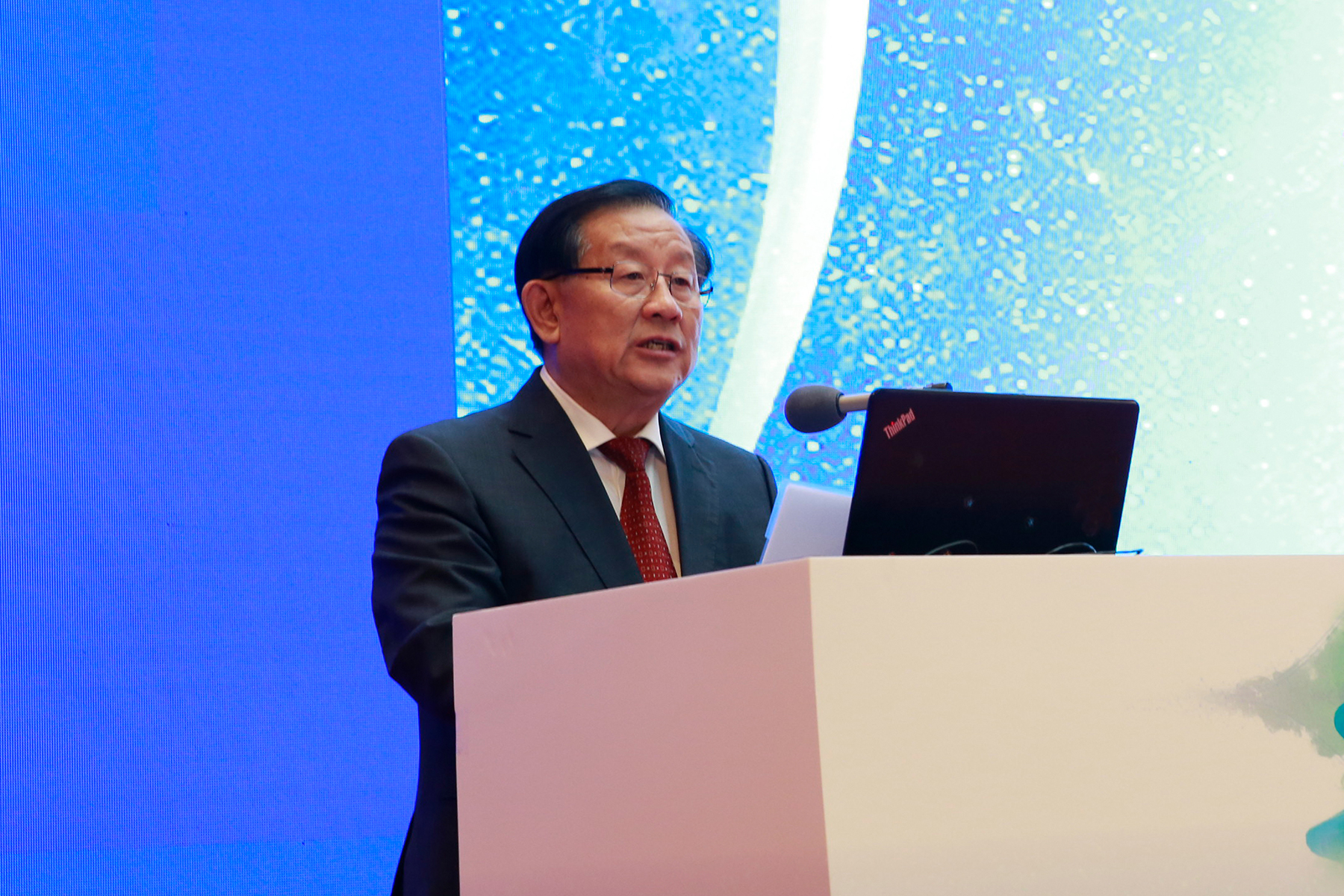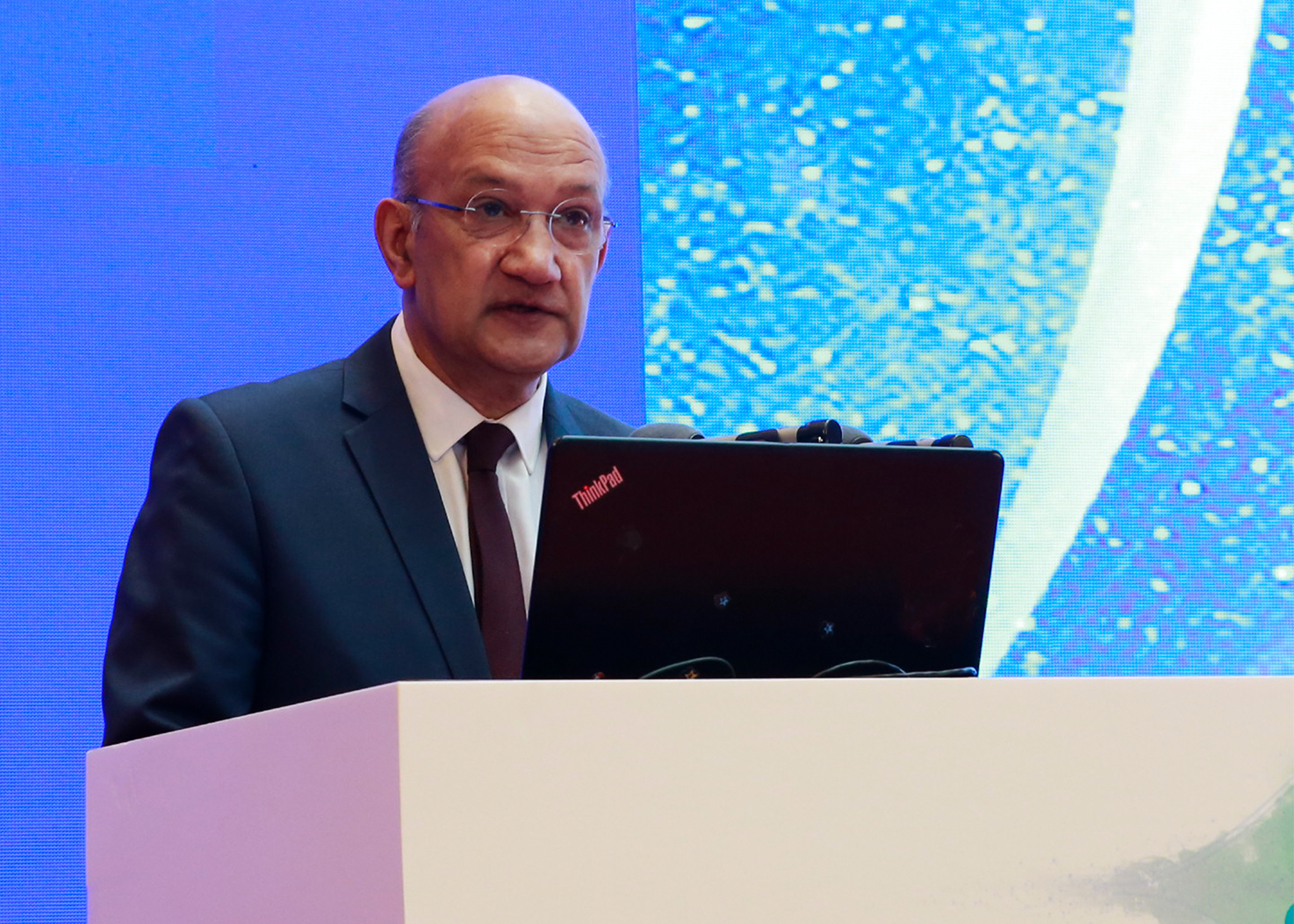Original title: Top 10 Most Growing Technologies in the Global Industrial Internet
In order to accurately grasp the strategic direction of the global industrial Internet, timely track the dynamics and characteristics of industrial Internet innovation, and look forward to the major layout of industrial Internet industrialization, the China Industrial Internet Research Institute has recently visited a group of leading companies in industrial Internet related technologies and industries. The backbone enterprises of the level and characteristics visited the experts and scholars in the field of industrial Internet from famous universities and research institutions, systematically combed the latest reports of authoritative think tanks and well-known strategic consulting companies at home and abroad, and released them at the 2019 World Industrial Internet Industry Conference. "The Top Ten Most Growing Technology Outlooks of the Global Industrial Internet (2019-2020)".
1, 5G network slicing technology
5G network slicing technology refers to the technology of cutting a physical network into multiple virtual networks, implementing shunt management of 5G network data, and maintaining logical independence between each virtual network. On the basis of not adding a network architecture, Diversified customers provide customized network function services. For industrial Internet applications such as high-definition video real-time transmission, massive IoT dynamic tracing and low-latency precision control, this technology can realize virtual cutting of 5G networks into enhanced mobile bandwidth, massive IoT and ultra-reliable low-latency communication respectively. Several network slices of the same characteristics, the mapping meets the different needs of different scenarios.
2. Time-sensitive network technology based on OPC unified architecture
This is a time-sensitive mechanism based on the OPC Unified Architecture (OPC UA) to support inter-network interoperability. The breakthrough implementation of information technology (IT) and operational technology (OT) in the physical layer, data link layer, A technology that fully integrates the network layer, transport layer, session layer, expression layer, and application layer. The technology is based on the International Electrotechnical Commission (IEC) and the Institute of Electrical and Electronics Engineers (IEEE) international standards. It provides a standardized module for the construction of industrial Internet network systems. It is the key to building large bandwidth, high synchronization and wide compatible communication from sensors to the cloud. technology.
3, software definition branch technology
Software-defined branching technology refers to a centralized platform management technology with software-defined WAN, routing, network security, and LAN/WiFi function integration. It can efficiently and conveniently separate the control plane of the network from the data forwarding plane through the centralized controller. The software platform has programmable control of the underlying hardware to achieve flexible deployment of network resources. In the process of building an industrial Internet intranet, the technology can use the network virtualization method to get rid of the limitation of hardware on the network function, and realize the highly flexible network resource optimization control at low cost.
4. IP layer and optical layer heterogeneous fusion technology
IP layer and optical layer heterogeneous convergence technology refers to the technology of combining IP bearer network (IP layer) and optical transport network (optical layer) superior resources through network heterogeneous strategy, which can solve IP caused by hierarchical planning and independent operation and maintenance. Layer and optical layer network resource utilization is low, and network adjustment is difficult. With the dynamic synergy of IP and optical layer resources, this technology will embody important value in the process of building an industrial Internet backbone network with high reliability, high flexibility, high bandwidth utilization, and high maintainability and manageability.
5. Distributed database system based on signature encryption algorithm
This is a data access technology consisting of a database management system and a database, which is composed of a database management system and a database. With decentralized, limited transparency, reliable distribution of databases, autonomy, difficult to change records, and quasi-anonymity, this technology is expected to significantly improve data system threat protection in industrial Internet data collection, storage, analysis, and transaction system construction. Passive defense and active prevention and control capabilities in detection and detection, and recovery.
6, digital object architecture technology
Digital object architecture technology refers to a general-purpose architecture technology composed of digital objects, memory, identification, resolution system and registry for distributed information storage, location and retrieval. This technology is a key supporting technology for the construction of the industrial Internet identity analysis system. It can be widely used in the identification and management of digital objects, enabling intelligent collection, identification, and association of heterogeneous, off-site, and heterogeneous data information, and supporting the reverse of the connection of entity information. Query is of great significance to promote the interoperability space of the Industrial Internet to construct physical objects.
7, independent diagnosis technology
The self-diagnosis technology refers to a technology based on a model-based, data-driven, and other predictive algorithms that acquires parameter information through physical sensors such as motion, temperature, and pressure, and analyzes and evaluates the health of the equipment. This technology has important application value in the equipment operation and maintenance scene of the industrial Internet. It can automatically monitor the operating state of equipment fatigue, wear and corrosion through algorithm analysis of equipment operating parameters, and intelligently provide operation and maintenance decisions such as regulation, early warning and shutdown. To achieve longevity, improve operation and maintenance efficiency, and reduce accident risk.
8, micro-millimeter coordinate intelligent positioning technology
Micro-millimeter coordinate intelligent positioning technology is composed of space coordinate sensing system and mechanical operating system. It combines machine learning algorithm to iteratively optimize the spatial positioning accuracy and tracking path of mechanical unit. It is to realize the self-finishing riveting, welding, assembly and cutting of industrial robots. The key to mechanical operations such as logistics. The evolution of machine learning algorithms will further promote the flexibility of the technology to meet the needs of the Industrial Internet for high-precision location sensing and low-latency control response of mechanical operations in discrete industry applications.
9, cloud edge fusion computing technology
Cloud edge fusion computing technology refers to the establishment of cloud and edge layer computing process data interconnection, dynamic allocation of computing resources, and the realization of cloud layer high-throughput computing capability and edge layer high-aging computing power distribution synergy technology, which can meet the ubiquitous network The exponential data calculation requirements and the low-latency application scenario propose millisecond-level computational response requirements. With the ability to flexibly allocate cloud computing resources, the technology is expected to significantly increase the overall processing power of industrial Internet data without expanding hardware facilities.
10, digital ties technology
Digital ties technology refers to the technology that provides data access, integration and transformation for digital babies in the life cycle and value chain, and realizes traceability, sharing, interaction and collaborative data information. The key technology of constructing digital twinning system based on digital twins, which can promote the development of static physical coordinate re-engraving of different granular digital twins in parts, equipment, production lines, factories, cities, etc. To realize the description, prediction, diagnosis and decision-making of the physical world in the virtual world.
(This version of the manuscript was written by reporter Su Wanming)
Source: Economic Information
(Editor: Yang Yuyu, Lu Wei)
Related News
THE Third WORLD SCIENCE AND TECHNOLOGY DEVELOPMENT FORUM
Openness·Trust·Cooperation

 Mobile
Mobile



